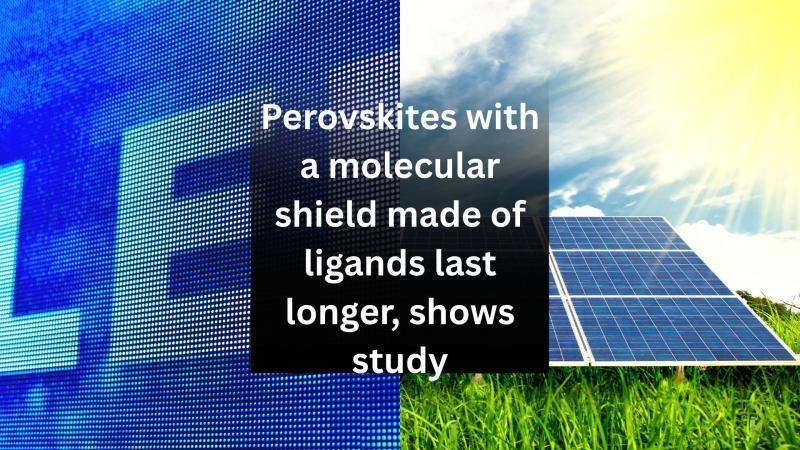
New Treatment Stabilizes Perovskites, Boosting Solar and LED Tech
The quest for efficient and sustainable energy solutions has led to significant breakthroughs in the field of solar energy and LED technology. Mixed Halide Perovskites (MHPs) have emerged as a promising material for both applications due to their exceptional photovoltaic and optoelectronic properties. However, their instability and tendency to degrade over time have hindered their widespread adoption. Recently, researchers have made a groundbreaking discovery that could overcome this limitation, paving the way for the widespread use of MHPs in solar cells and LEDs.
The Problem with Perovskites
MHPs are a class of materials that have gained significant attention in the past decade due to their high power conversion efficiency (PCE) and low production costs. However, their instability and tendency to degrade over time have limited their use in practical applications. This degradation is attributed to the destructive phase segregation of the material, which occurs when the lead atoms in the perovskite structure react with oxygen and moisture in the air.
The Breakthrough Solution
A team of researchers has developed a simple treatment using 1-dodecanethiol (DDT), a chemical that binds to the lead atoms in the perovskite structure, preventing destructive phase segregation during illumination. This molecular shield, as the researchers call it, allows the material to maintain its structure and function even under intense light conditions.
The researchers confirmed the effectiveness of the treatment using real-time spectroscopic analysis, a technique that enables the monitoring of the material’s properties over time. The results showed that the treated perovskite material retained its structural integrity and photovoltaic properties even after several hours of illumination, whereas the untreated material degraded rapidly.
Implications for Solar Energy and LED Technology
The breakthrough has significant implications for the development of solar cells and LEDs. In the case of solar cells, the treatment could enable the use of MHPs as a cost-effective and efficient alternative to traditional silicon-based solar cells. This could potentially lead to a significant reduction in the cost of solar energy and increase its adoption worldwide.
In the case of LEDs, the treatment could enable the development of more efficient and durable displays. MHPs have already been used in the development of high-efficiency LEDs, but their instability has limited their use in practical applications. The treatment could overcome this limitation, enabling the widespread use of MHPs in LED applications.
Future Directions
The researchers believe that the treatment could be used to stabilize other types of perovskites, potentially leading to a wide range of applications beyond solar cells and LEDs. They also plan to investigate the mechanism behind the treatment, which could lead to further optimizations and improvements.
The development of this treatment has significant implications for the development of sustainable energy solutions and technologies. As the world continues to grapple with the challenges of climate change and energy security, breakthroughs like this could play a critical role in shaping the future of energy production and consumption.
Conclusion
The discovery of a simple treatment that stabilizes MHPs has the potential to revolutionize solar energy and LED technology. By preventing destructive phase segregation, the treatment enables the use of MHPs in practical applications, potentially leading to significant cost savings and efficiency improvements. As researchers continue to investigate the mechanisms behind the treatment and explore its potential applications, we can expect to see significant advancements in the field of sustainable energy solutions.
Source
https://researchmatters.in/news/perovskites-molecular-shield-made-ligands-last-longer-shows-study






